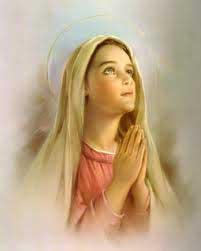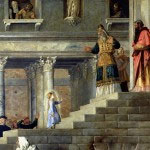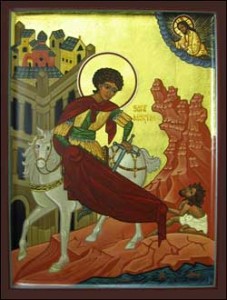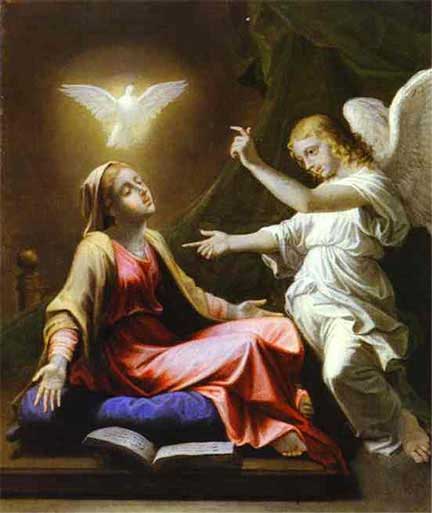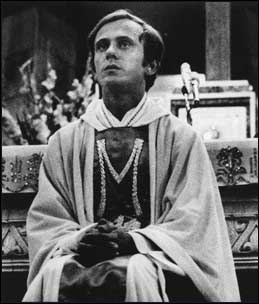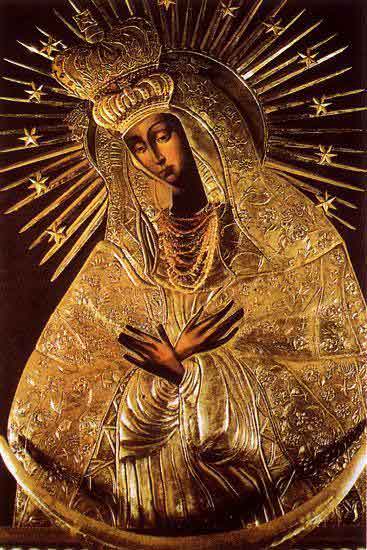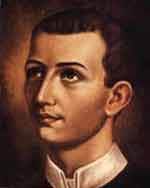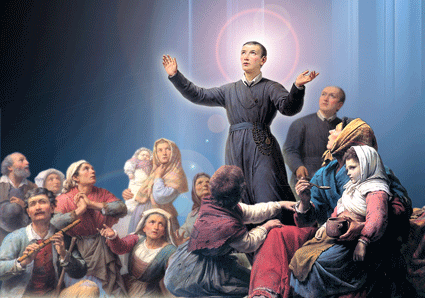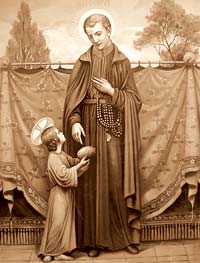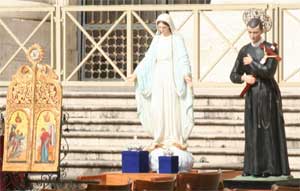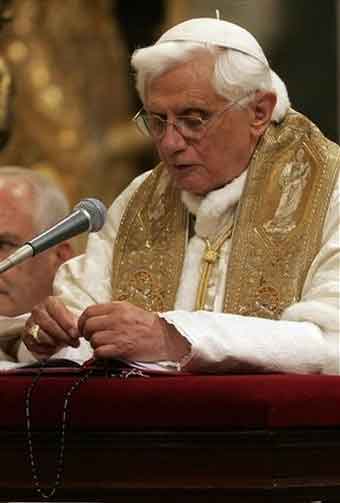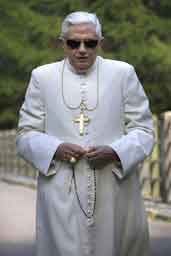I love this feast day of the Blessed Virgin Mary!!!
The Presentation of the Blessed Virgin Mary (as it is known in the West), or The Entry of the Most Holy Theotokos into the Temple (its name in the East), is a liturgical feast celebrated by the Roman Catholic and Orthodox Churches.
wiki – The feast is associated with an event recounted not in the New Testament, but in the apocryphal
Infancy Narrative of James. According to that text, Mary’s parents, Joachim and Anne, who had been childless, received a heavenly message that they would bear a child. In thanksgiving for the gift of their daughter, they brought her, when still a child, to the Temple in Jerusalem to consecrate her to God. Mary remained in the Temple until puberty, at which point she was assigned to Joseph as guardian. Later versions of the story (such as the Gospel of Pseudo-Matthew and the Gospel of the Nativity of Mary) tell us that Mary was taken to the Temple at around the age of three in fulfillment of a vow.
The feast originated as a result of the dedication of the Basilica of Saint Mary the New, built in the year 543 by the Byzantines under Emperor Justinian I near the site of the ruined Temple in Jerusalem. Although this
basilica was destroyed by the Sassanid Persians under Khosrau II after the Siege of Jerusalem (614), the feast continued to be celebrated throughout the East. The feast was celebrated in the monasteries of Southern Italy by the ninth century and was later introduced into the Papal Chapel in Avignon in the year 1372 by a decree of Pope Gregory XI. It was included in the Roman Missal in 1472. But, as the fact of the “Presentation of the Blessed Virgin Mary” is only a pious belief, but not a defined matter of faith, it was suppressed by Pope Pius V in 1568. As a result, it did not appear in the Tridentine Calendar. Pope Sixtus V reintroduced it into the Roman Calendar in 1585. Pope Clement VIII made this feast a Greater Double in 1597. The
feast also continued as a memorial in the Roman Calendar of 1969.
Entry of the Most Holy Theotokos into the Temple (Russian icon, 16th century).The Eastern Orthodox Church celebrates it as one of its twelve Great Feasts on November 21 (for those churches which follow the Julian Calendar, November 21 falls on December 4 of the modern Gregorian Calendar). The first documented celebration of the feast in any calendar is the mention of the Εἴσοδος τῆς Παναγίας Θεοτόκου (Entry of the All-Holy Theotokos – i.e. into the Temple) in the 11th-century Menology of the Eastern Roman (also known as Byzantine) emperor Basil II. In the Orthodox Church the feast always falls during the Nativity Fast, and on the day of the feast the fasting rules are lessened somewhat so that fish, wine and oil may be eaten.
For the Roman Catholic Church, on the day of the Presentation of the Blessed Virgin Mary, “we celebrate that dedication of herself which Mary made to God from her very childhood under the inspiration of the Holy Spirit who filled her with grace at her Immaculate Conception.”
November 21 is also a “Pro Orantibus” Day, a day of prayer for cloistered religious “totally dedicated to God in prayer, silence and concealment.”
The Presentation in art
Western depictions usually focused on the lone figure of the young Mary climbing the steep steps of the Temple, having left her parents at the bottom, and climbing towards the Chief Priest and other Temple figures at the top of the steps. The Presentation was one of the usual scenes in larger cycles of the Life of the Virgin, although it was not usually one of the scenes shown in a Book of hours. – wiki
Collect: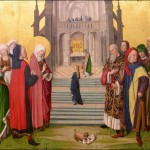
Eternal Father,
we honor the holiness and glory of the Virgin Mary.
May her prayers bring us
the fullness of your life and love.
We ask this through our Lord Jesus Christ, your Son, who
lives and reigns with You and the Holy Spirit,
one God, for ever and ever. Amen.
First Reading: Zechariah 2:14-17 (2:10-13 RSV)
Sing and rejoice, O daughter of Zion; for lo, I come and I will dwell in the midst of you, says the Lord. And many nations shall join themselves to the Lord in that day, and shall be My people; and I will dwell in the midst of you, and you shall know that the Lord of hosts has sent Me to you. And the Lord will inherit Judah as His portion in the holy land, and will again choose Jerusalem.”
Be silent, all flesh, before the Lord; for He has roused Himself from His holy dwelling.
Gospel Reading: Matthew 12:46-50
While He was still speaking to the people, behold, His mother and His brethren stood outside, asking to speak to Him. But He replied to the man who told Him, “Who is My mother, and who are My brethren?” And stretching out His hand toward His disciples, He said, “Here are My mother and My brethren! For whoever does the will of My Father in heaven is My brother, and sister, and mother.”

